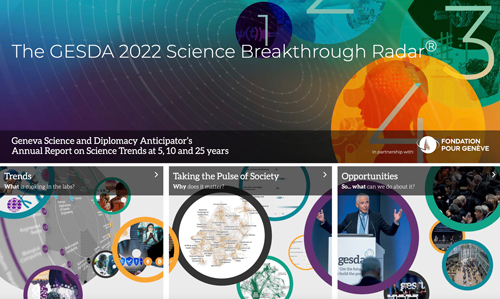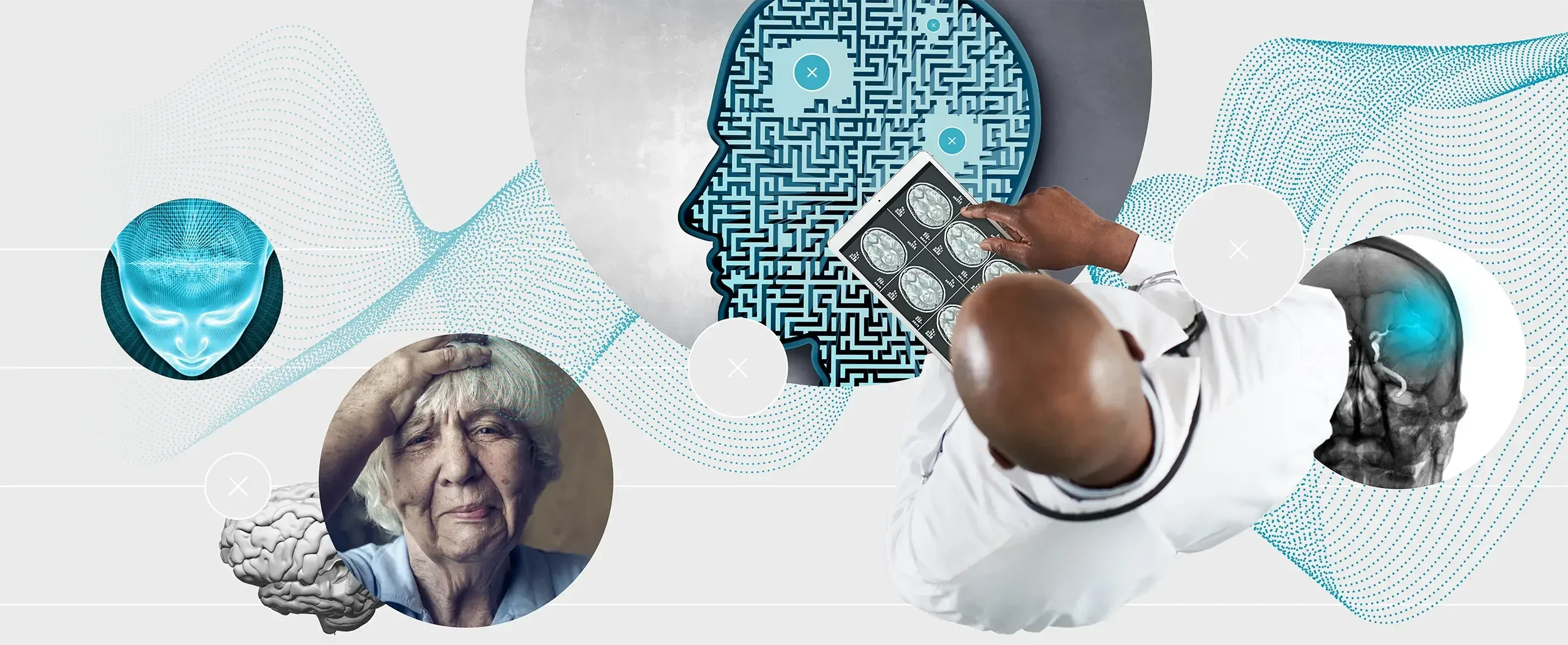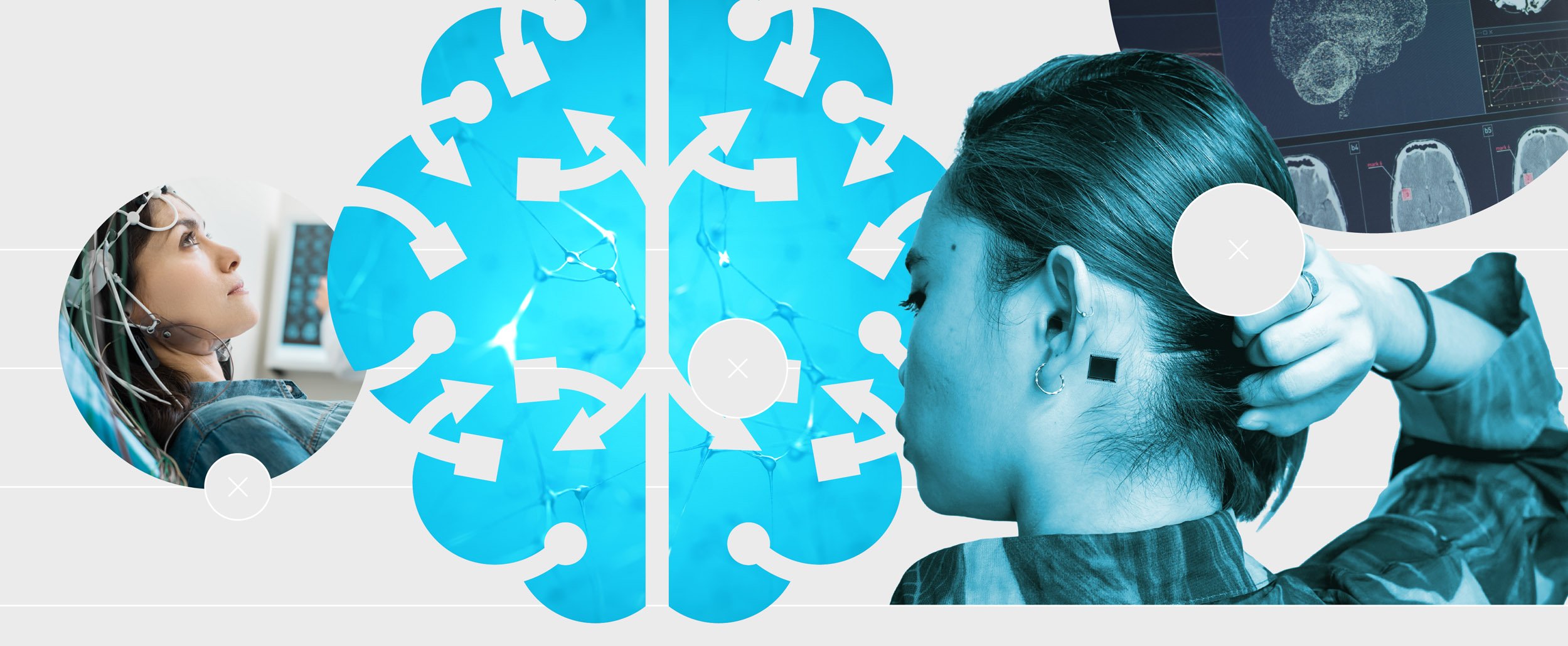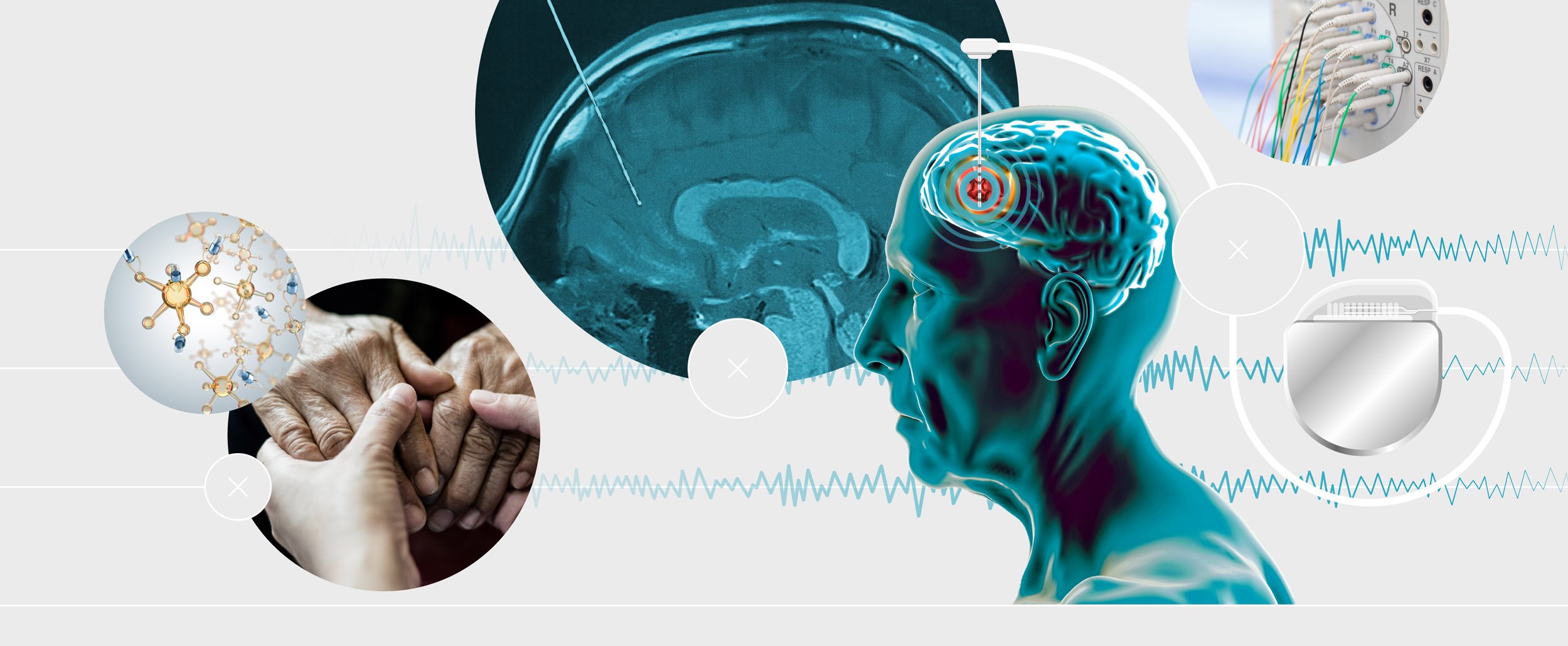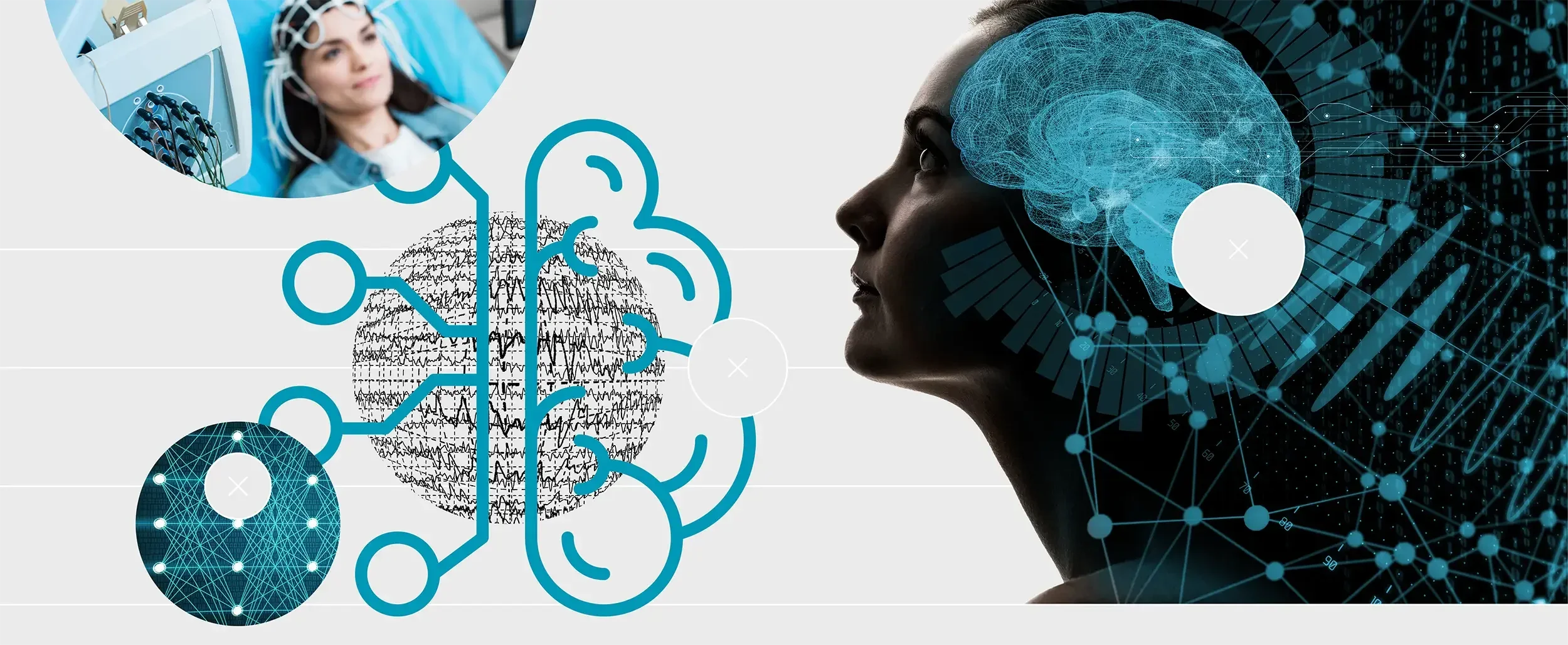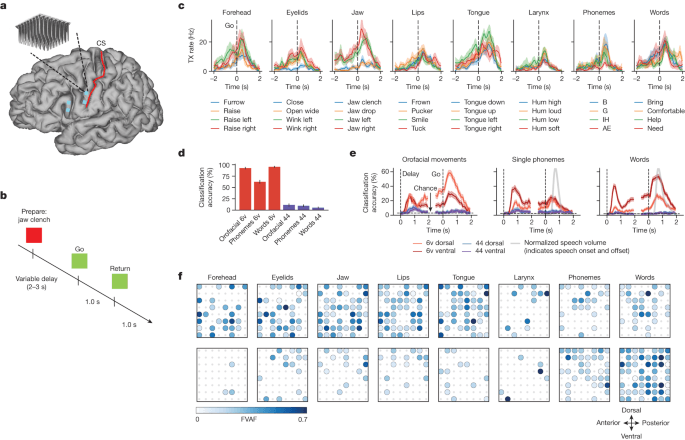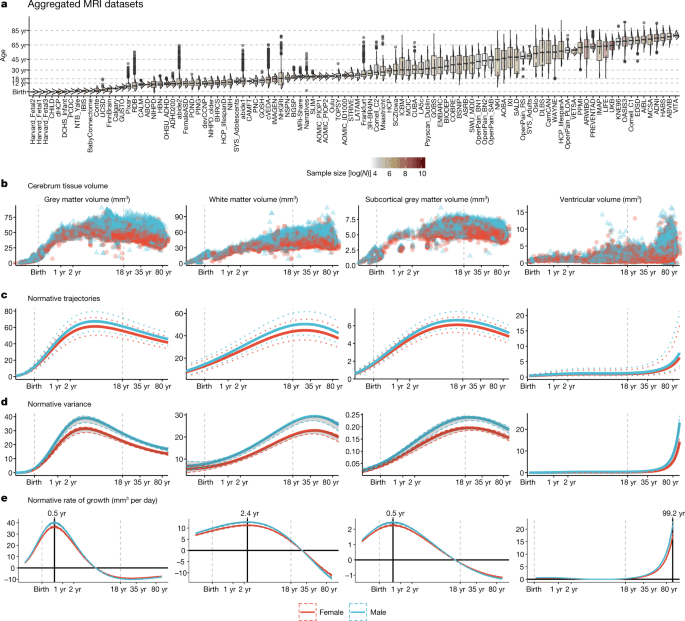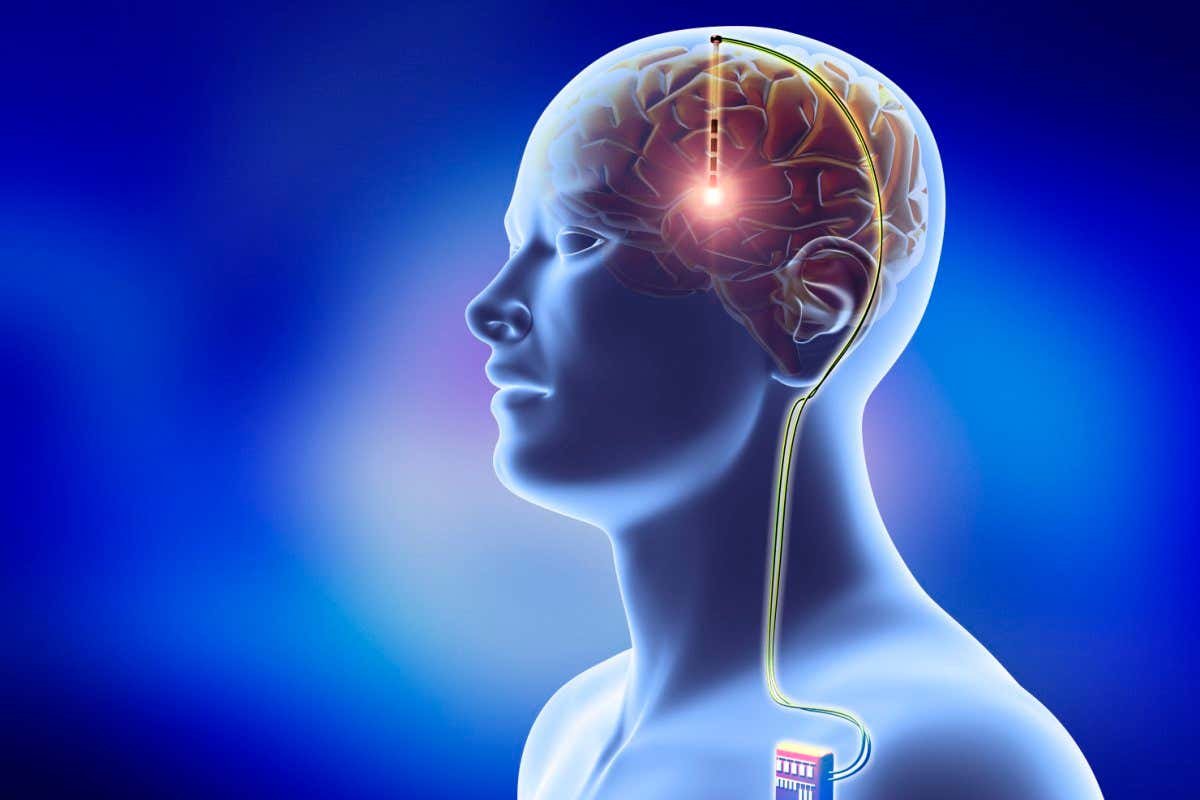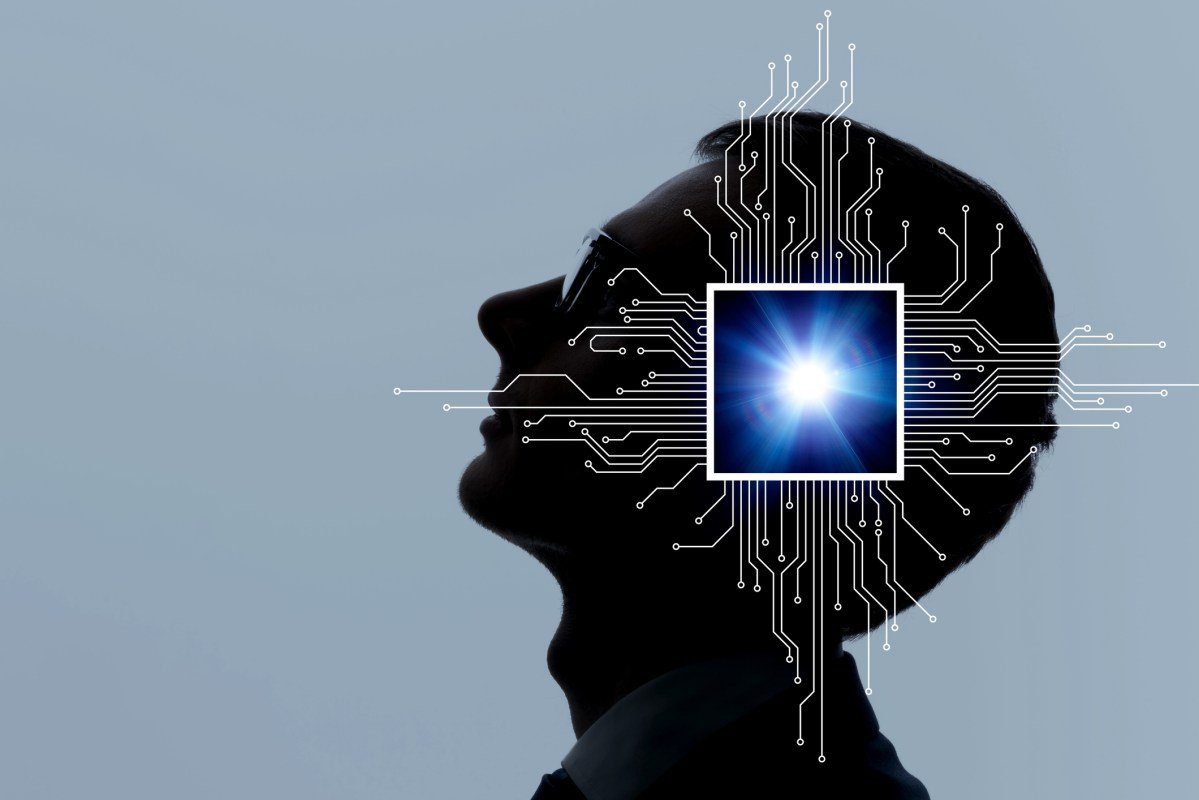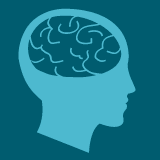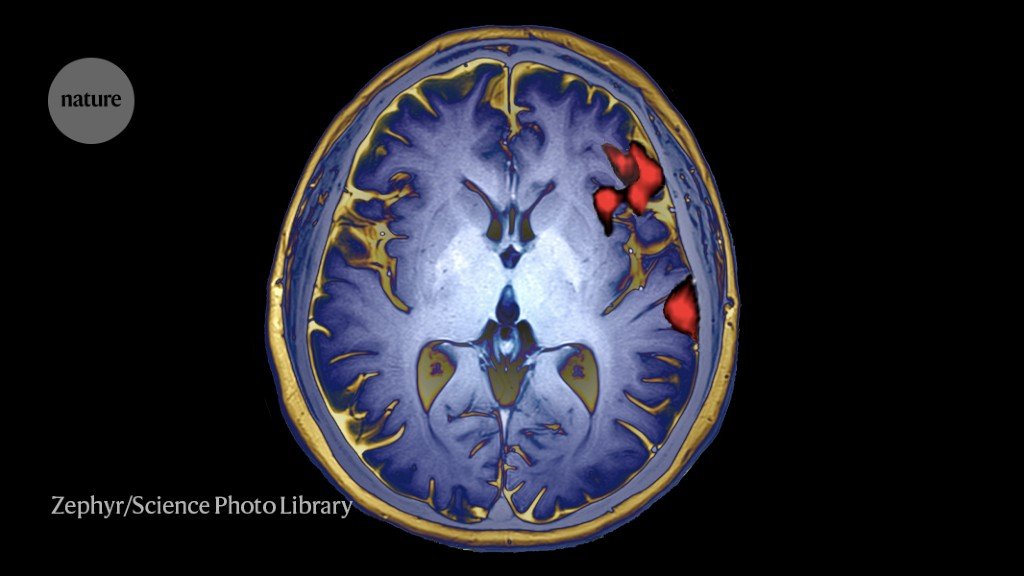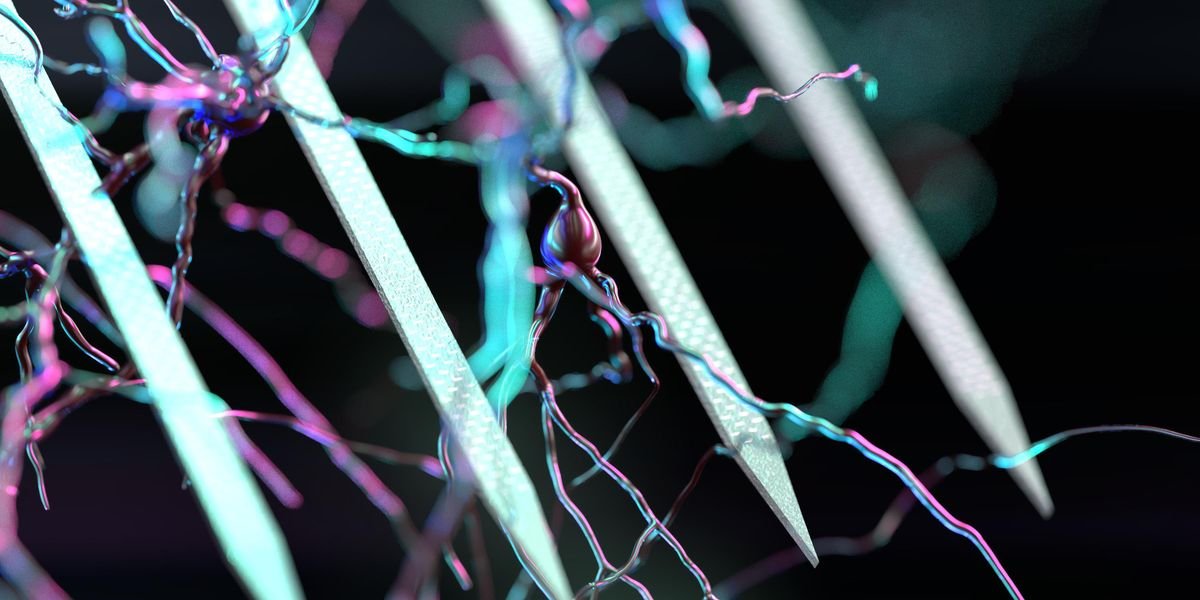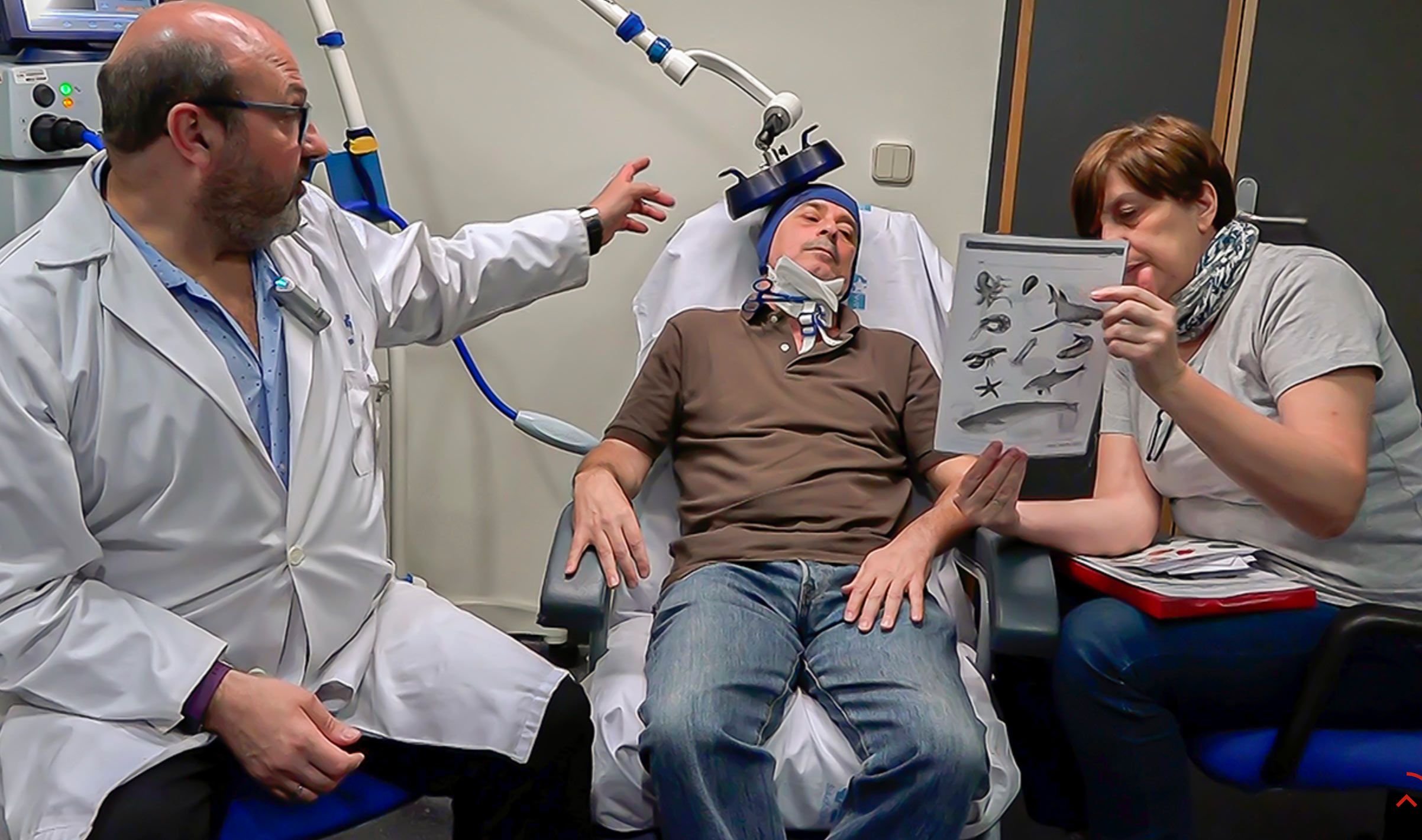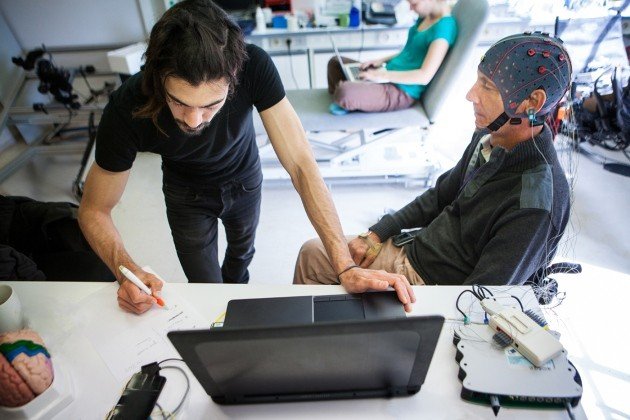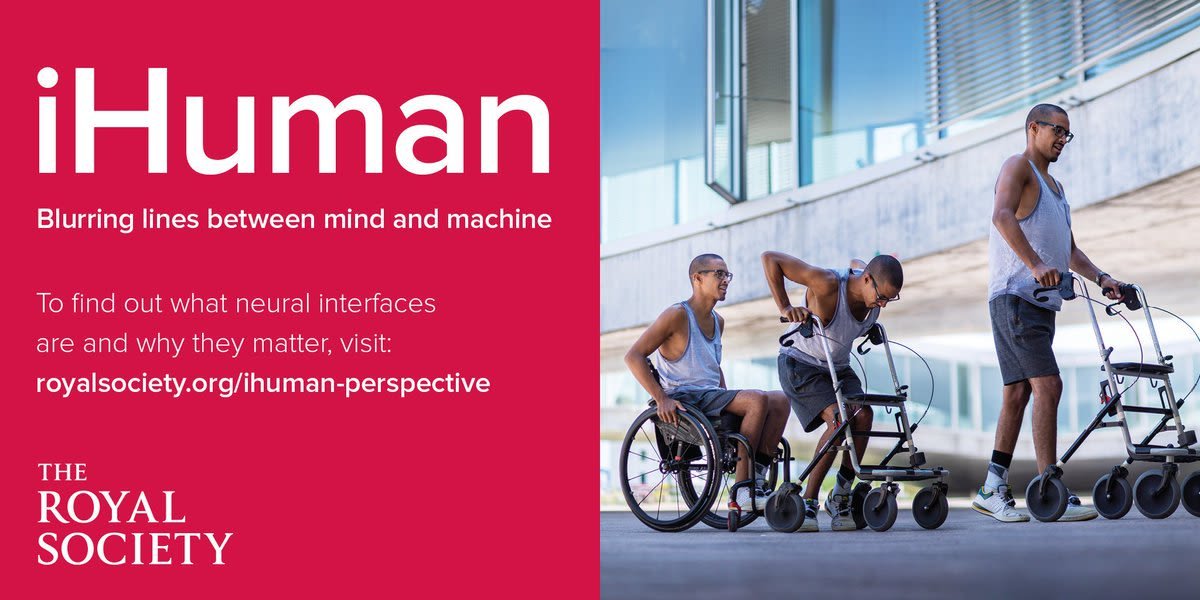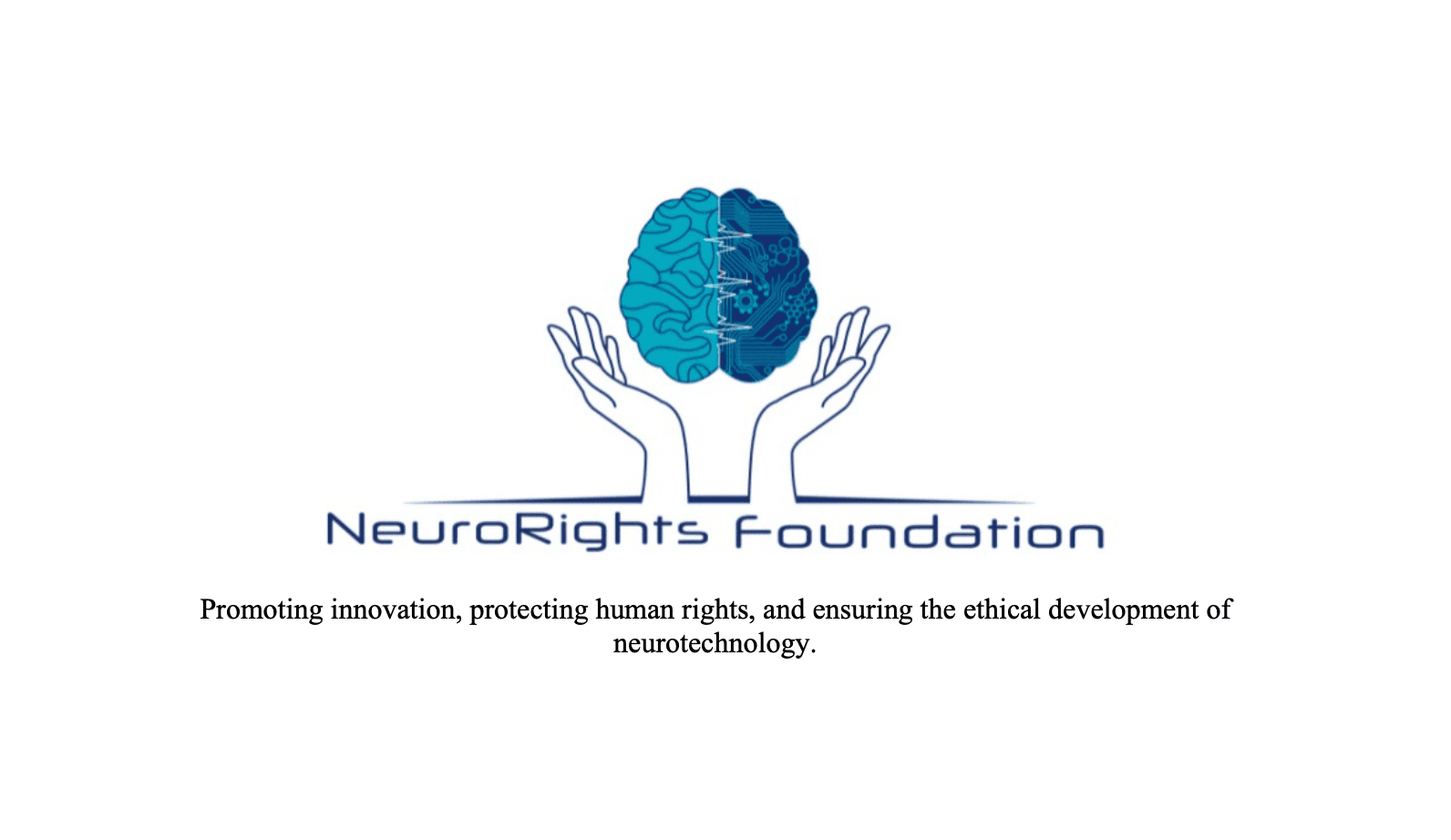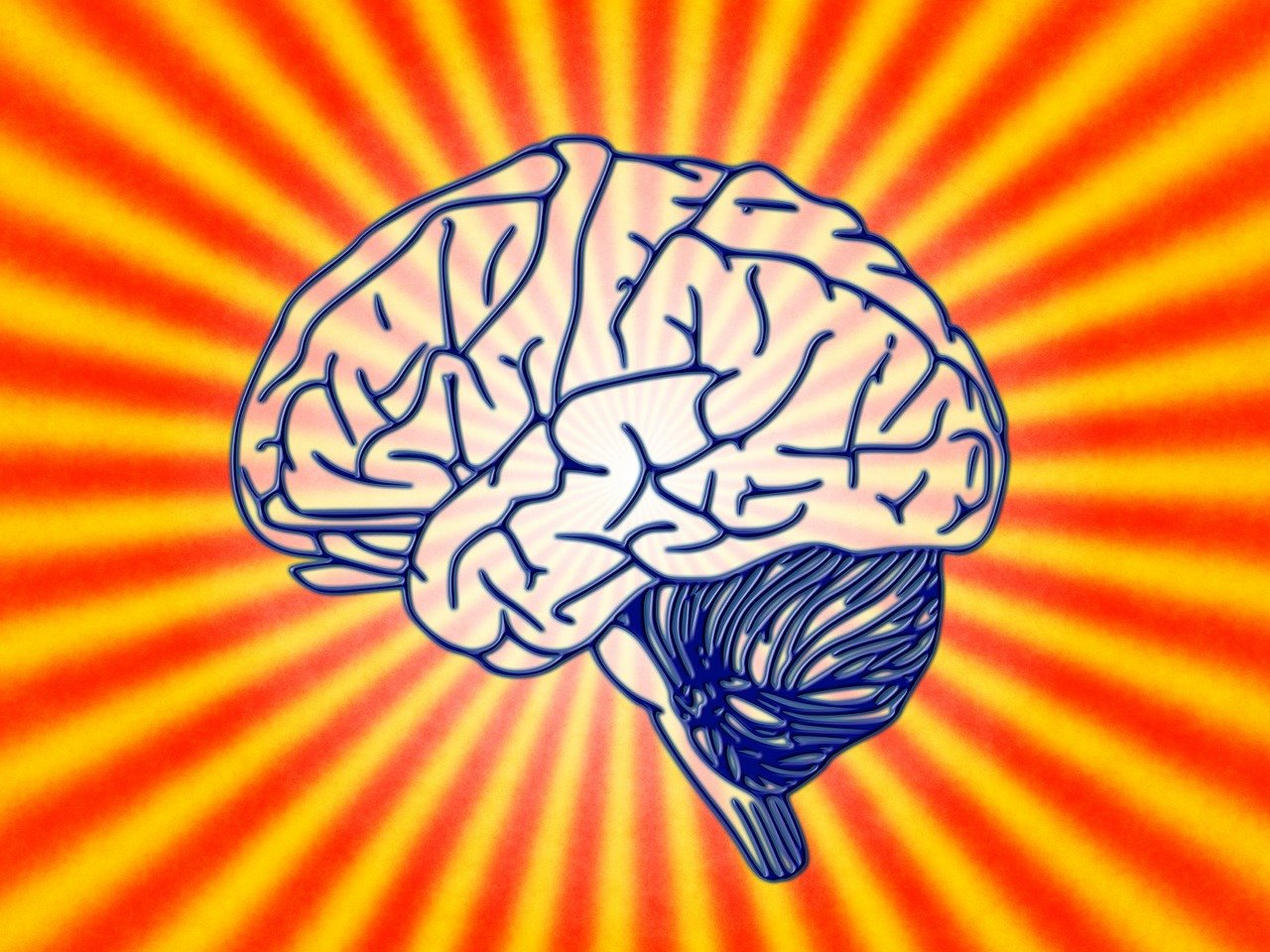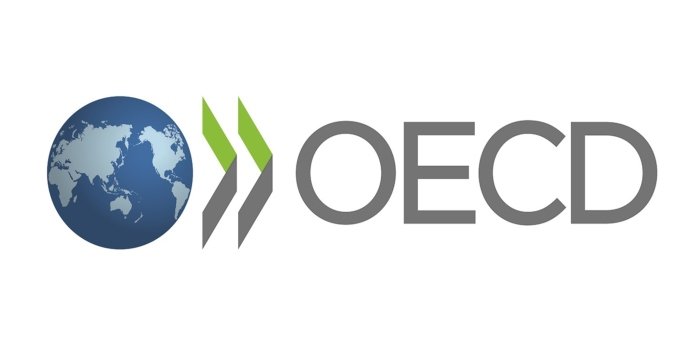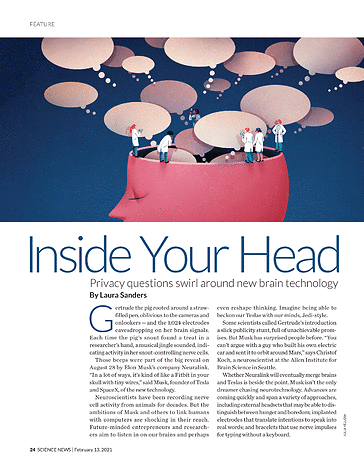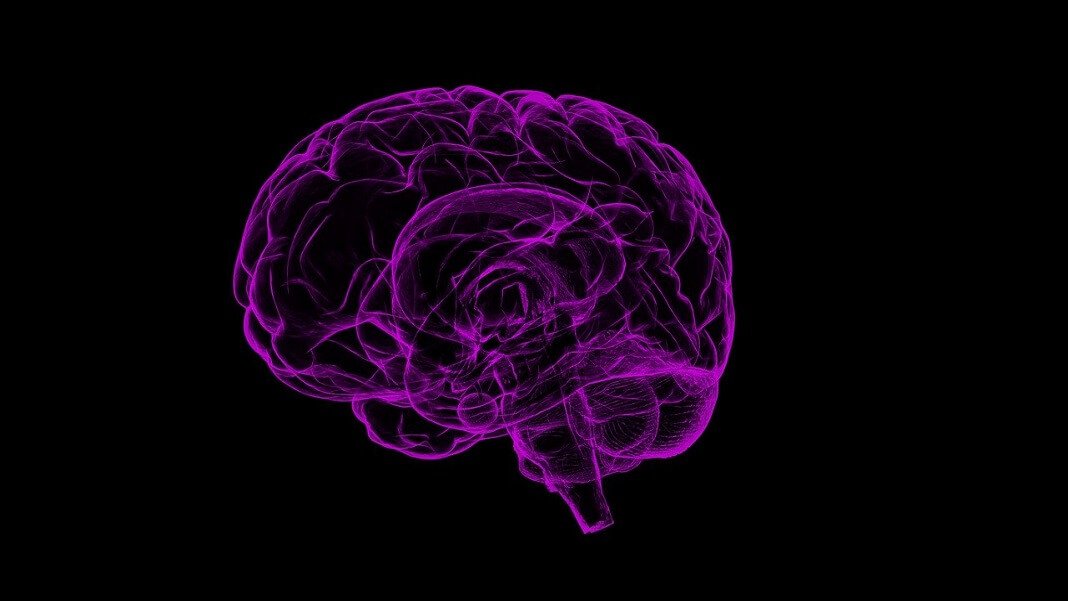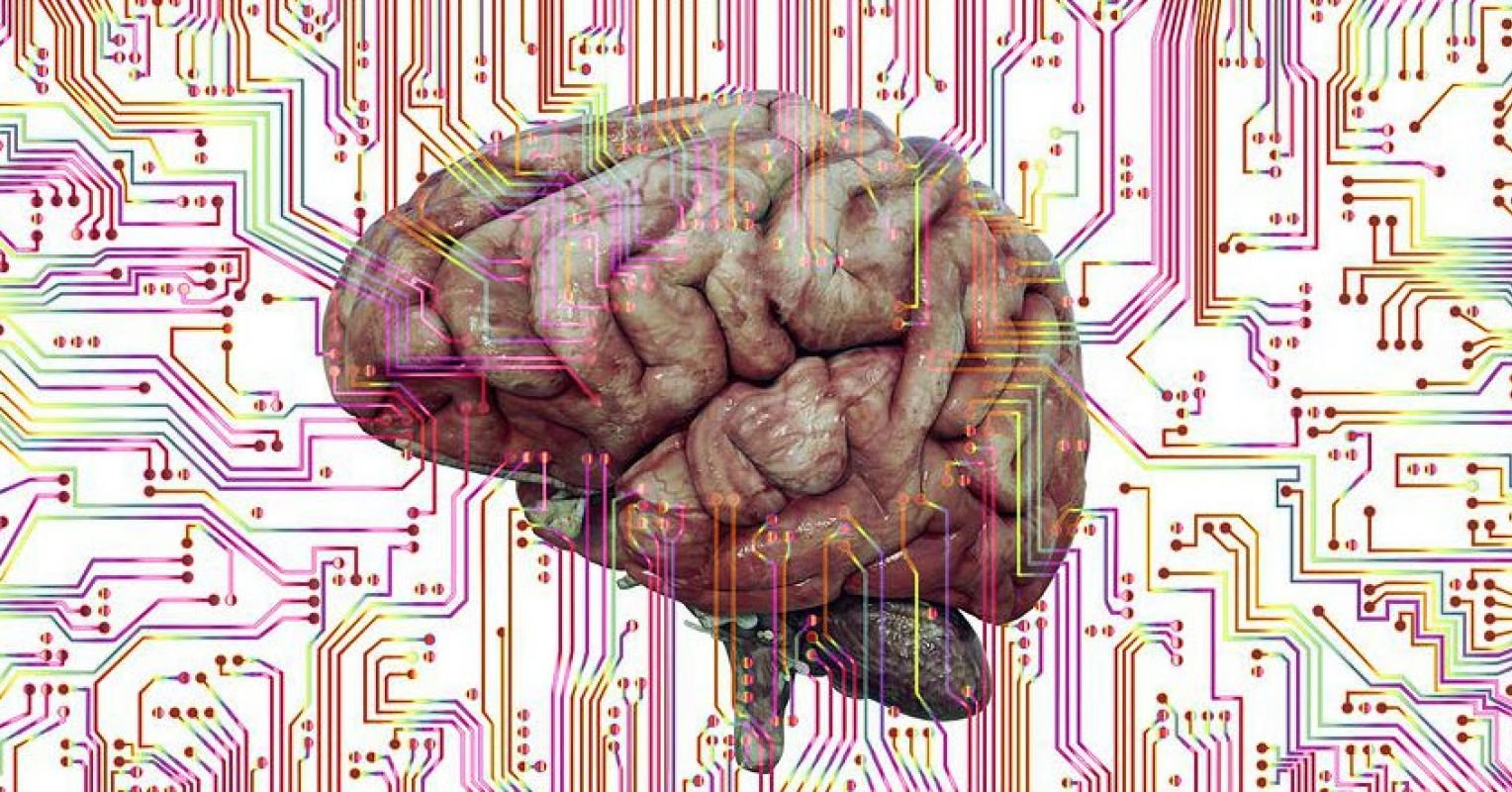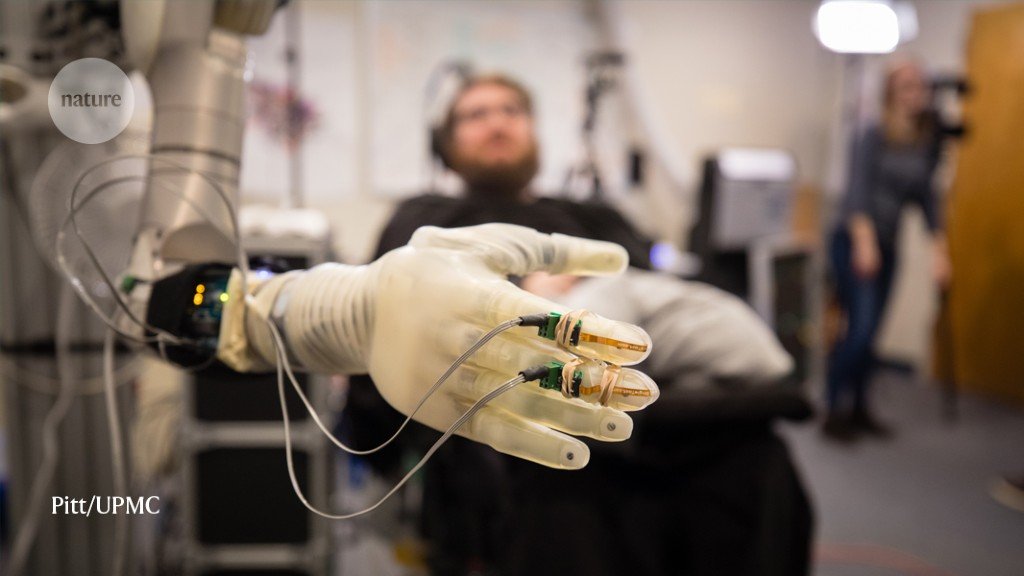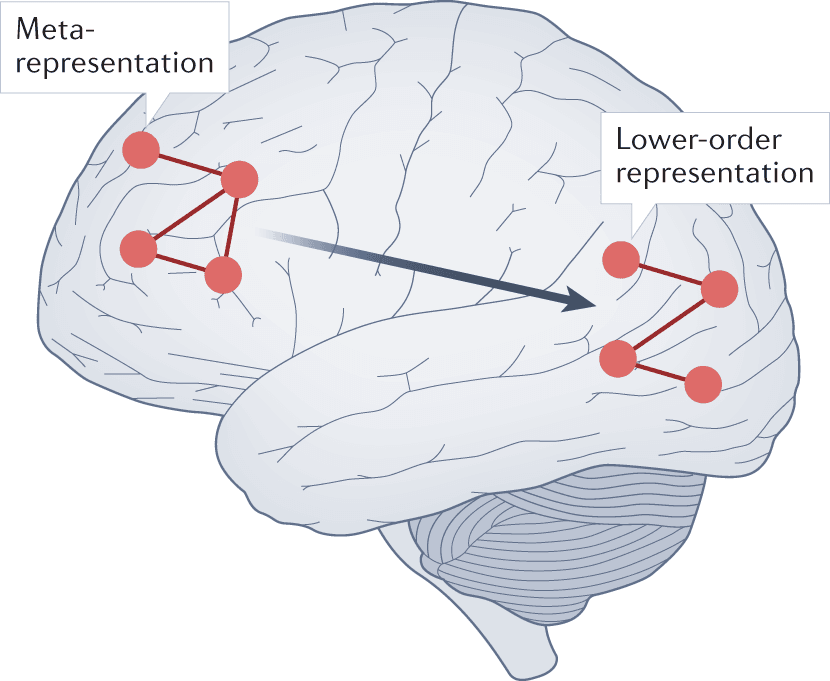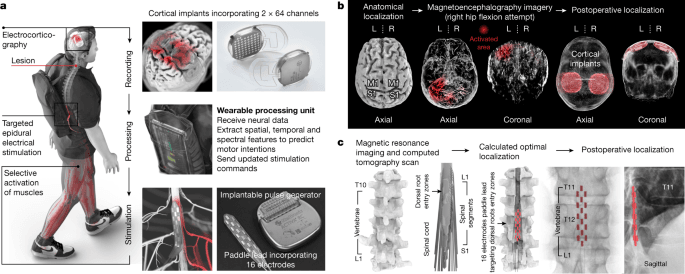Most existing investigations into cognitive enhancement have sought to restore performance when deemed disordered or impaired, for example to aid people with incapacitating disorders of memory such as Alzheimer’s disease. More recently, new stakeholders have emerged in the race to monitor and boost cognitive states in healthy people. Imminent brain monitoring technologies, aided by ever more capable AI, provide the ability to decode and alter cognitive and emotional states and make them increasingly transparent. Several employers already use monitoring, for example to ensure employees do not lose focus or concentration while driving or operating machinery.2 Systems to enhance, rather than just monitor, cognition vary in their efficacy. Truly successful enhancement of healthy cognition will need to build on more specific, mechanistic theories.
The ability to monitor and change cognitive capacity is something many people want. This suggests that it will be widely adopted once the technology gets to a particular inflection point, and will yield unexpected applications across society. New privacy schemes must be developed and ethical guidance formalised ahead of these technologies, to ensure that this kind of data is protected, including neurorights and cognitive liberty. Even more urgent is governance around emerging ways to alter and improve cognition. Unanticipated societal outcomes are guaranteed, and society must be ready.
SELECTION OF GESDA BEST READS AND KEY REPORTS:
In May 2023 a Swiss-French collaboration unveiled an advance in the digital brain-spine interface. Their Nature publication, Walking naturally after spinal cord injury using a brain–spine interface, described a groundbreaking technology that allowed an individual with tetraplegia to regain walking abilities. There was, in addition, an unexpected outcome: enhanced neurological recovery beyond system use. In August 2023, two teams based in the US published A high-performance neuroprosthesis for speech decoding and avatar control and A high-performance speech neuroprosthesis, detailing breakthrough brain-computer interfaces which offer a potential communication solution for those with severe facial paralysis.
